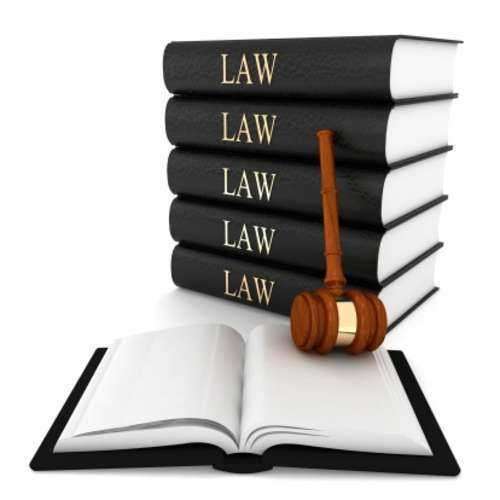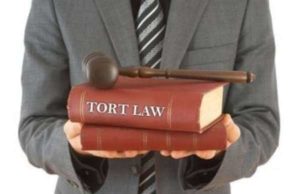Understanding an Apportionment of Damages

In distributing the allotment of damages connected to a case involving joint-tortfeasors, it is important to know exactly what constitutes such an important process.
In attempts to figure out exactly how apportionment should occur, it would be wise to determine exactly what the level of negligence is depending upon each party involved. Use of an “apportionment form” may serve appropriate to this cause. Upon review of such a form, you will find that a percentage will be attached to whatever number you believe is most representative of a party’s fault or liability in connection to the tort committed.
If you find and believe that any party listed on this form was not negligent in reference to the case at hand, you’d enter a zero and proceed as so with the rest of the defendants to follow.
According to one tortfeasor act, the qualifications for apportionment of damages, are as follows: When a tort is committed against a plaintiff by a pair or more of defendants, the aforementioned may seek damages from each who is responsible. This accountability must be decided by the court presiding as well.
This apportionment will not occur, however, if not all joint-tortfeasors are present at the time in court. Since, what often occurs is that one defendant shoulders the majority if not all of the damages to the plaintiff, they will also be entitled to compensation since that amount will have surpassed the previous statement of apportionment.
The aforementioned joint-tortfeasor is obligated to receive the lesser of the following: the overabundance in the quantity they paid to the plaintiff or the amount that would be paid as falling short of the actual apportionment.
These specifications will not, however, affect in any way the general damages that were already issued and awarded to the plaintiff in the case. Additional considerations would be that of contributions that would occur between joint-tortfeasors.
Following the judgment for the plaintiff this apportionment may take place to ensure that all joint-tortfeasors involved be equally liable to the case in which they are joint-defendants of. The court possesses the ultimate power in deciding whether or not such apportionment is required, however.
It is advisable that you are aware of the rules set forth by the judge as well as by the state that you reside within. This is due to the fact that certain states may have distinct legislature as to the apportionment of compensation following a civil case concerning joint-tortfeasors.




















